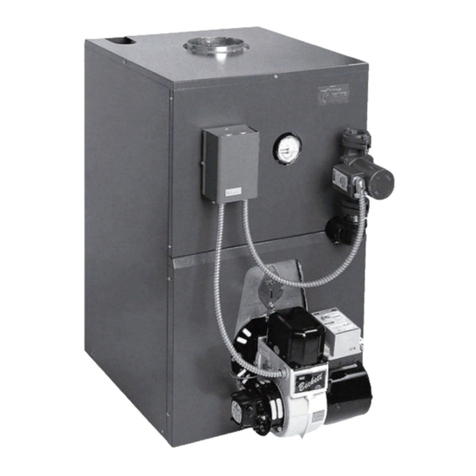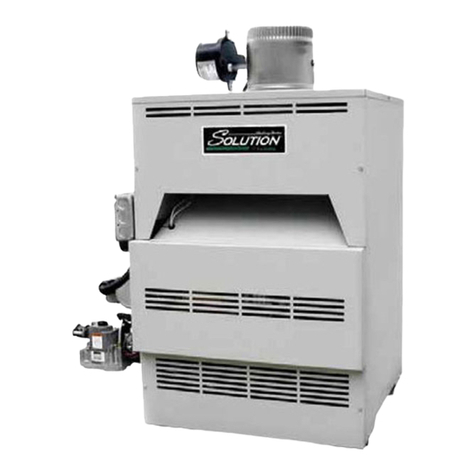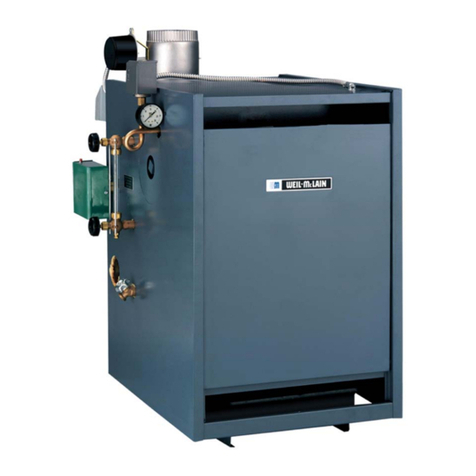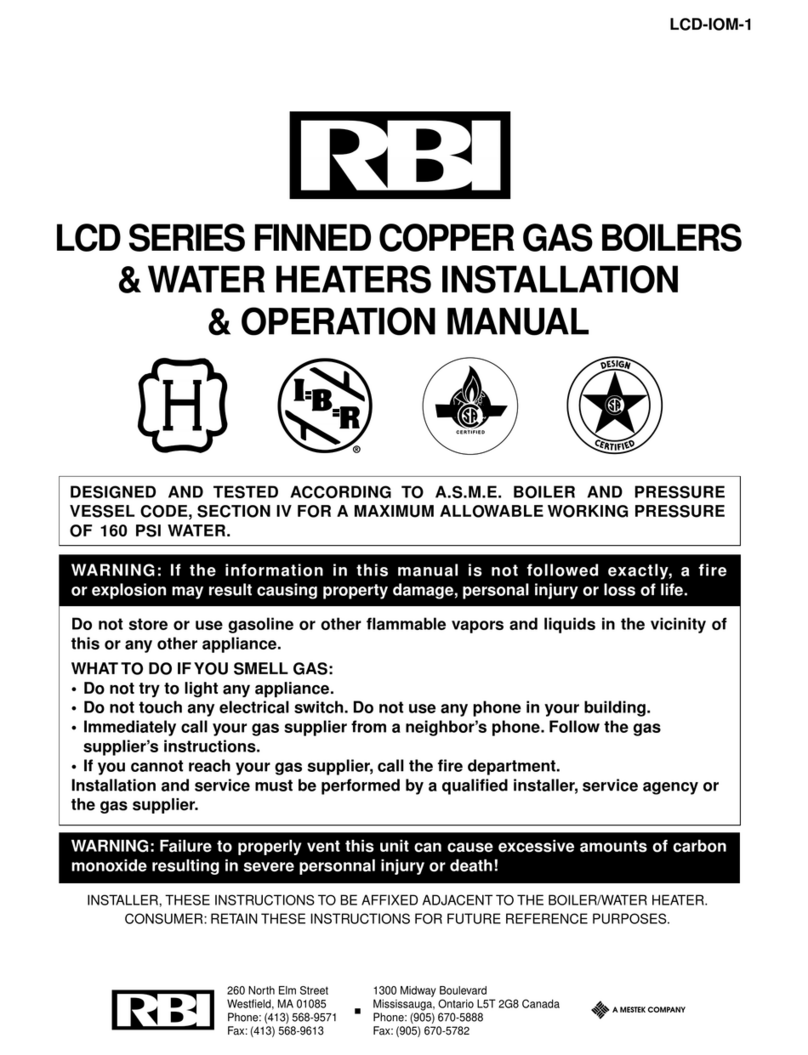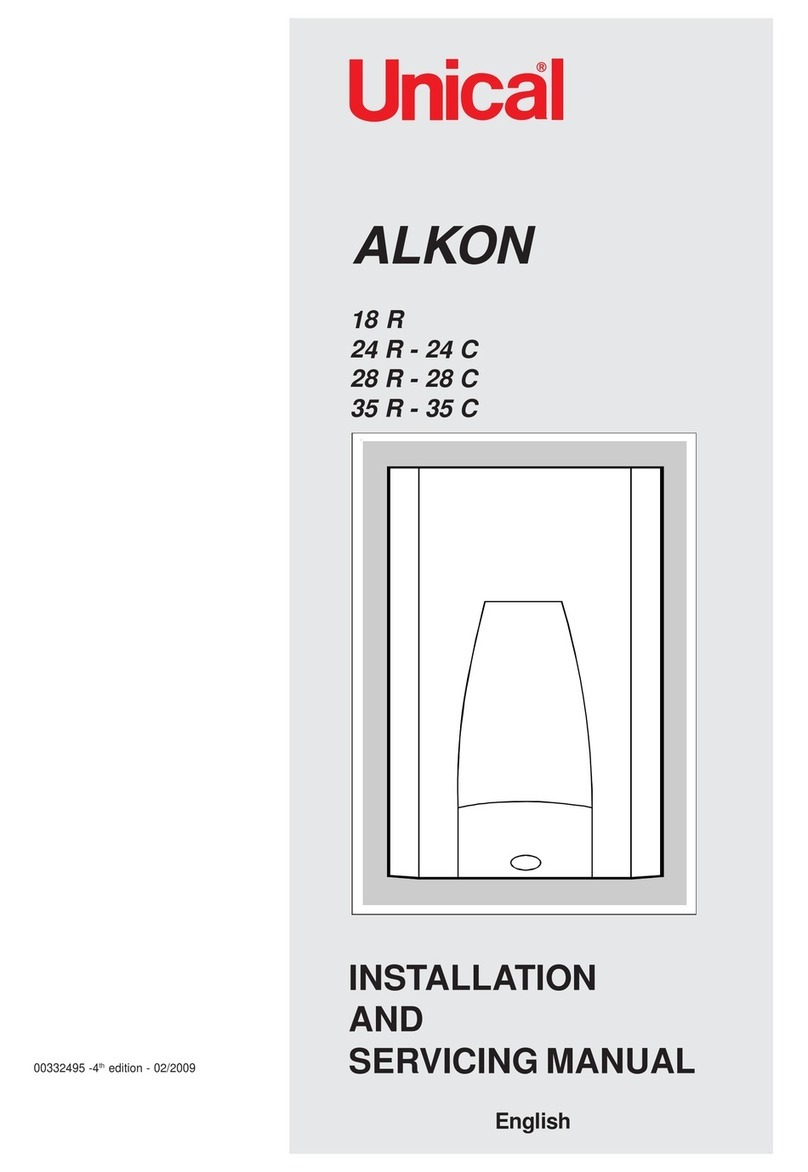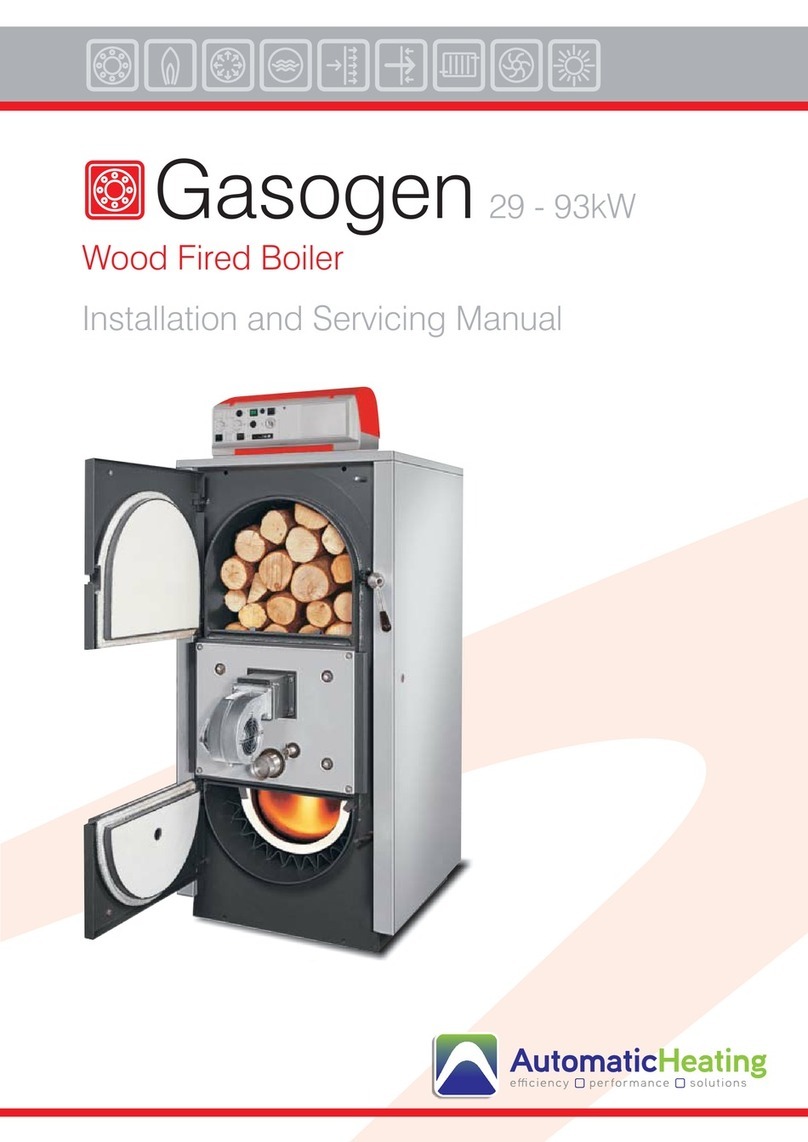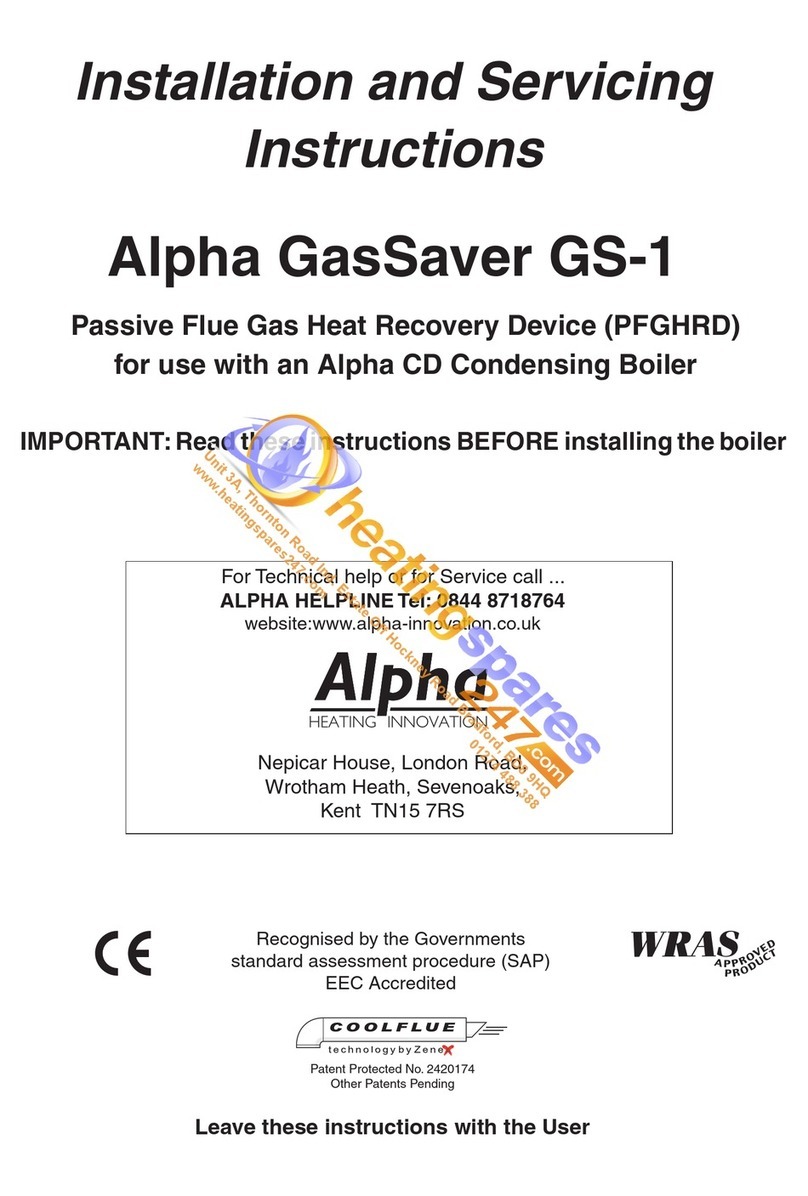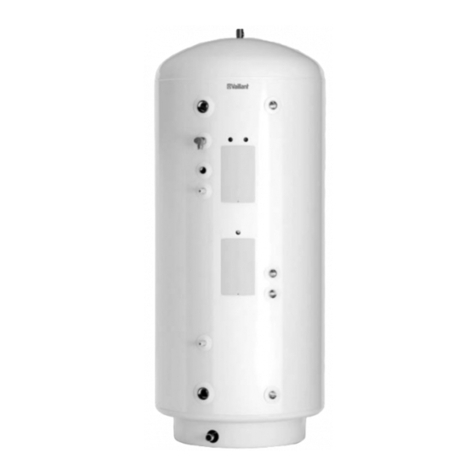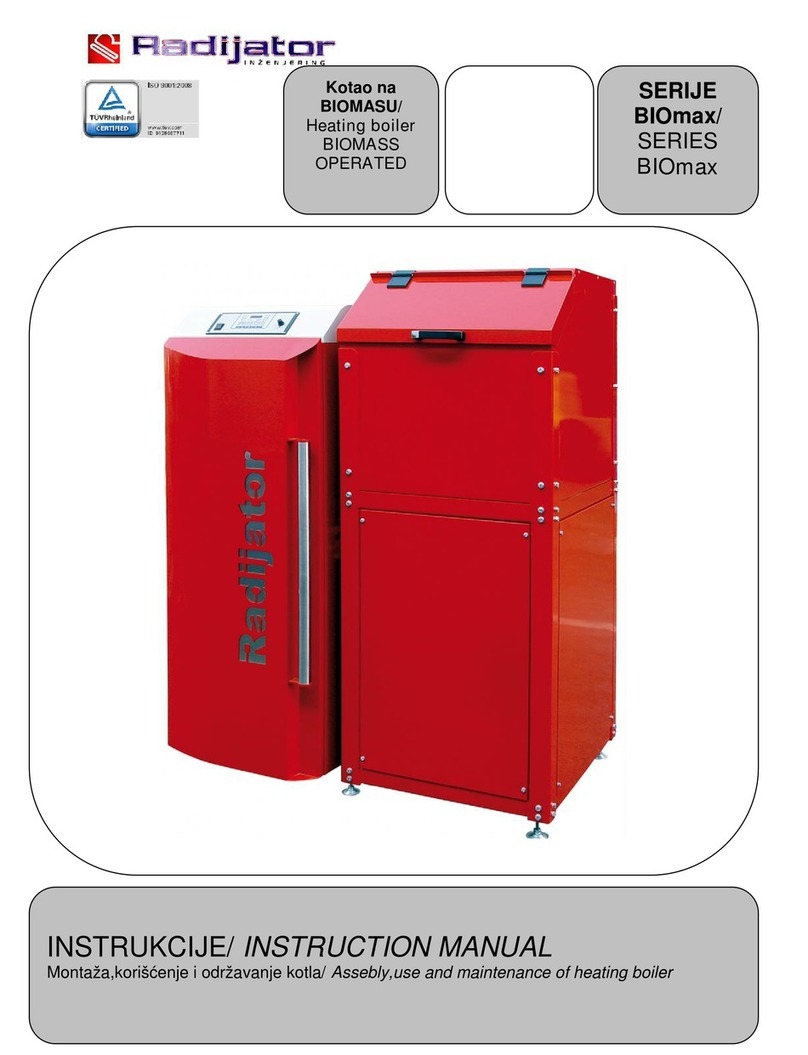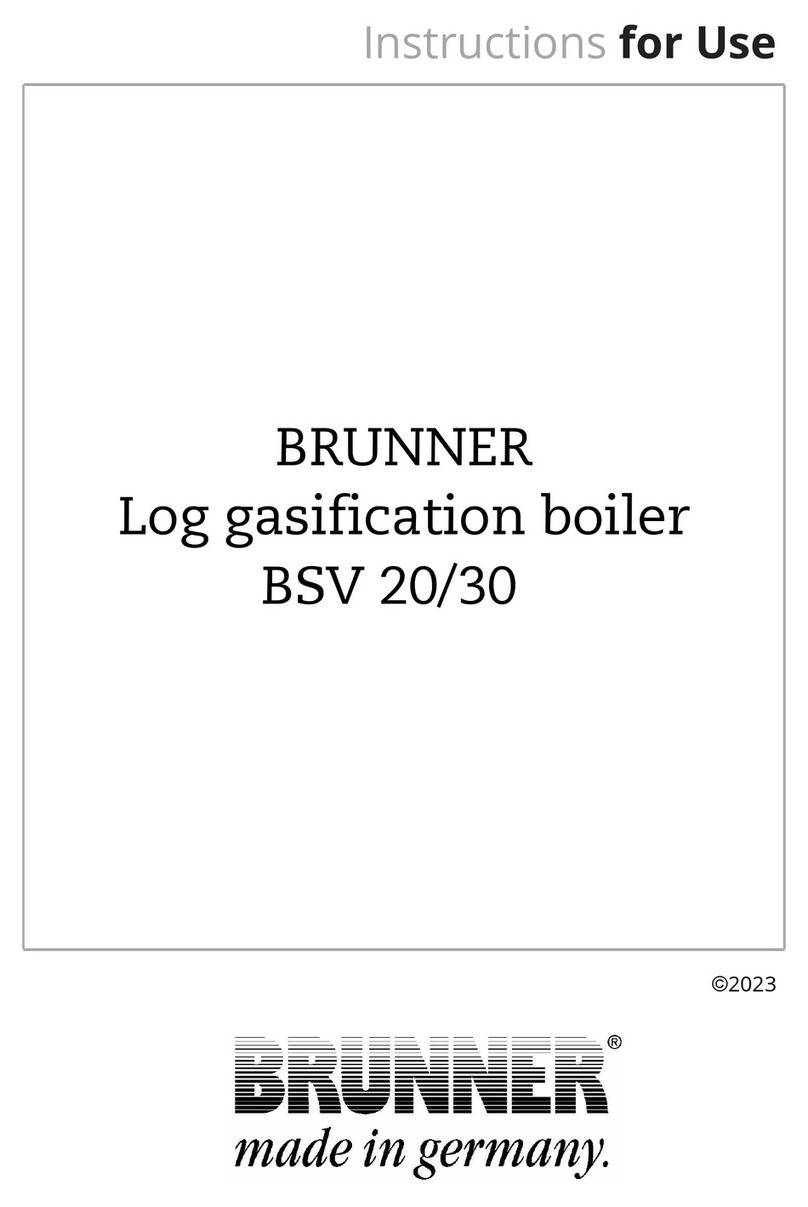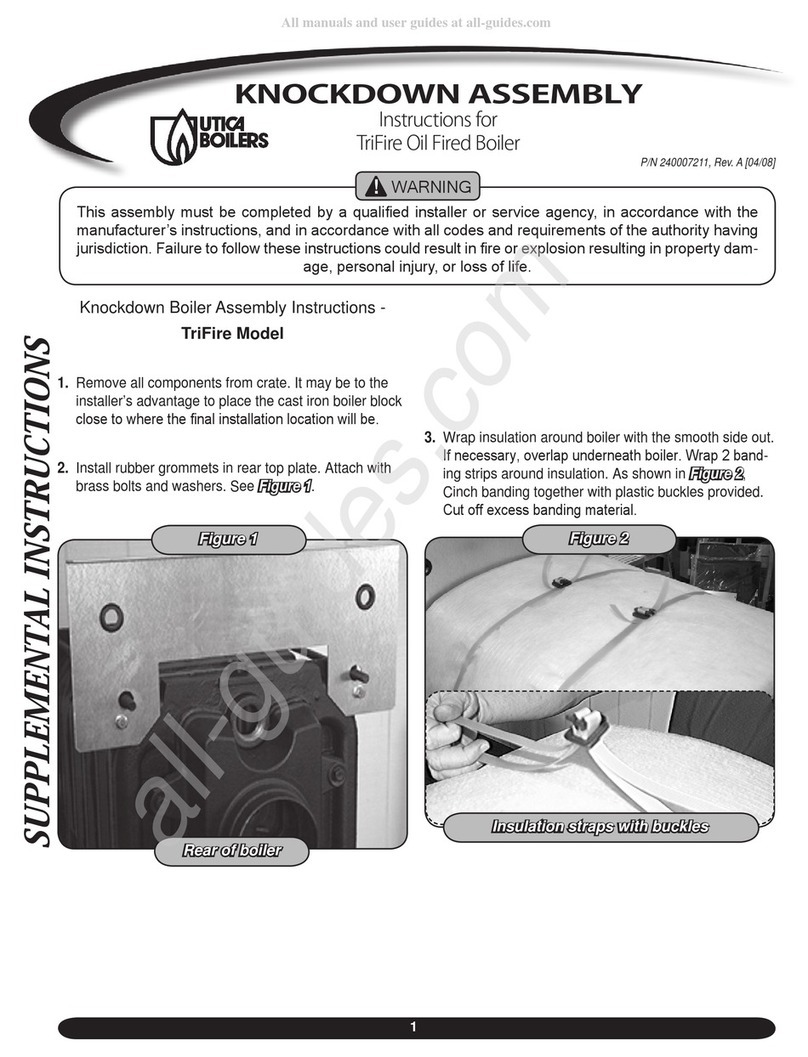10
C.4 Shutdown Procedure
For EMERGENCY shutdown: Turn off the Main Power switch and shut off the Manual Gas Valve.
For PLANNED shutdowns: Clear machine of all food products, and turn the Motor and Main Power switches off.
CAUTION: Turn all appliance switches off before disconnecting cord from power supply.
C.5 Automatic Temperature Control (ATC)
The Nieco Automatic Temperature Control (ATC) is a system that operates the broiler at two different energy input rates:
High energy input (high gas) for initial warm-up and periods of high volume and low energy input (low gas) for regular
operation. This dual input rate and the ATC allow the broiler to operate at a very consistent temperature throughout the
day and thus provide a very consistently broiled product. Since the broiler will remain on the lower input rate (low gas)
most of the day, a substantial energy savings is realized.
The ATC system consists of a dual rate Automatic Main Control Valve (AMCV) that on command changes the gas input
electronically. A temperature probe senses the temperature at the loading end of the broiler and signals it to the control
unit. The control unit causes the AMCV to change the input rate. When the broiler is in the High Gas input mode an
amber light appears on the control panel.
Under heavy product loads the temperature sensed by the ATC probe will drop low enough to cause the ATC to signal for
a higher input rating. The ATC will keep the broiler in the high gas mode until the temperature sensed by the probe
returns to the lower calibrated setting.
Calibrating the ATC
1. Loosen the control knob lock screw and set the ATC control knob to 315°C (600°F).
2. Turn on the Main Power Switch.
3. Turn on the Motor Power Switch.
4. Light the broiler following the procedure in this manual.
5. The broiler should be in high gas mode at this time (Amber light on).
6. When the broiler reaches 315°C (600°F), the high gas will shut off and the broiler will be in low gas operation.
7. 40 minutes after lighting the broiler, slowly turn the ATC control knob up (clockwise) until the high gas clicks on.
This is the idle temperature of the broiler.
8. As soon as the high gas turns on, slowly turn the ATC down (counter clockwise) 5°C (10°F) to 10°C (20°F) below
the point where the high gas turns on.
9. Tighten the control knob lock screw to prevent accidental movement.
10. The control knob setting may need a minor adjustment on the first day of use in order to maintain 5°C (10°F) to
10°C (20°F) below the normal idle temperature. Once the adjustment is correct, the settings do not need to be
changed unless the broiler’s operating conditions change. DAILY SETTINGS ARE NOT REQUIRED.
WARNING
Never set the ATC control knob at a setting high enough to keep the broiler in high gas pressure. The machine may be
damaged, energy costs will be much higher, and some broiler parts may wear out prematurely.
C.6 Bun Grilling Platen
The Models 980G, 880G, 885G, 950G, 824G, 850G, 930G, 624G and 650G are equipped with independently adjustable
dual bun grilling platens. The clearance of each platen can be adjusted by turning the black handles located directly
above the platens at the feed end of the machine. Frequent adjustments should not be necessary.
C.7 Food Preparation, Cooking and Handling Practices
Established guidelines for safe food preparation, cooking and handling should be adhered to rigidly. The Nieco Automatic
Broiler is very consistent in cooking. Check the temperature of the meat cooked frequently to assure that the broiler is set
up properly.

